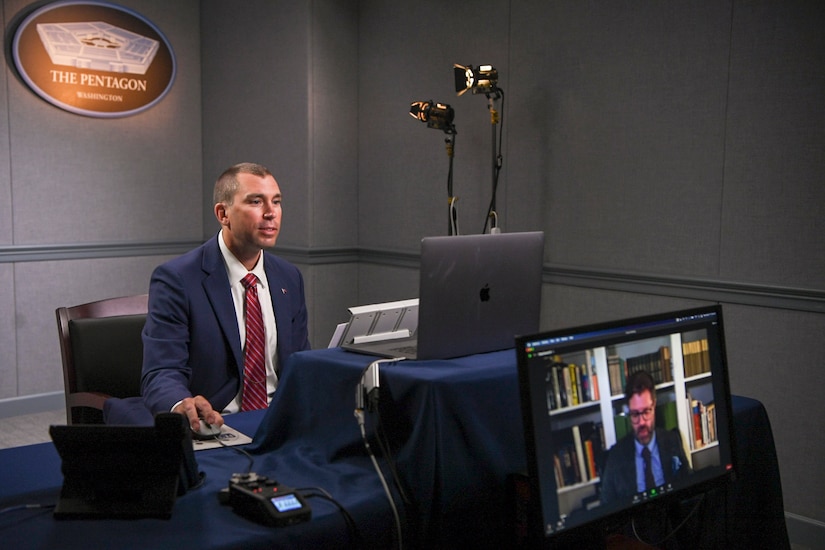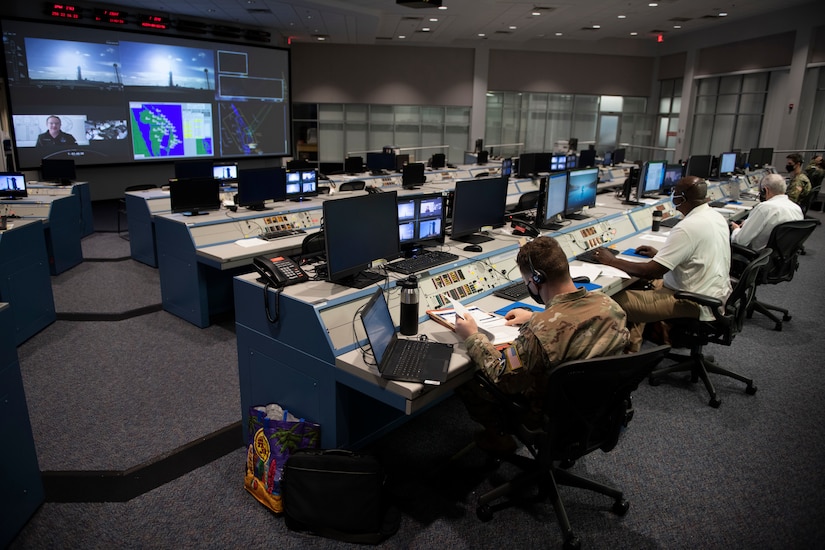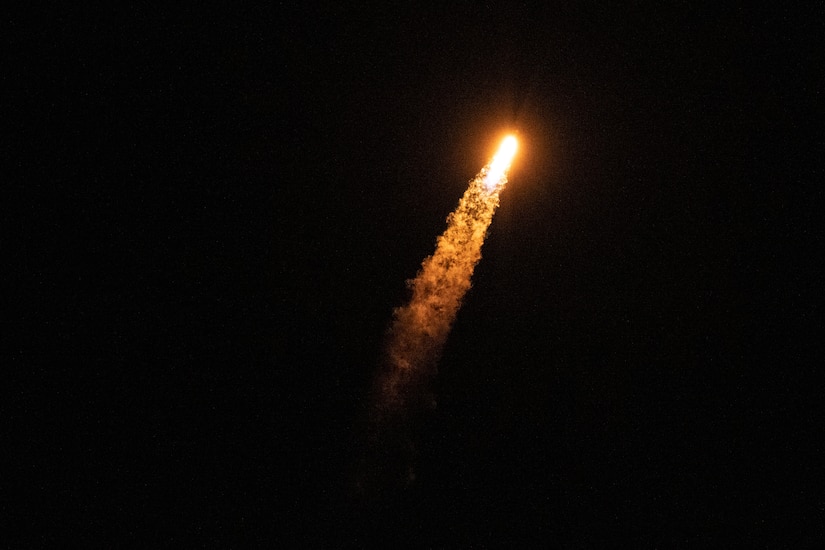However, that goal was once considered cost prohibitive, said the director of the Space Development Agency.

Derek M. Tournear participated today in a Defense One virtual panel on the "State of the Space Force."
Now, the privatized commercial space industry has made that goal much more affordable, he said.
To put that in perspective, historically, each satellite has cost hundreds of millions of dollars, he said.

Commercialization of space has brought these prices down. "We now have 20 of our transport satellites on firm fixed price contracts at $14.1 million apiece," he said. "That's unheard of, and we believe that price will continue to go down as commercialization keeps driving the price down."
That's only one part of it, he said. The other part of it is that access to space has also been commoditized. Commercial industry has been driving down the price to get satellites in orbit.

A few years ago, launches were hundreds of millions of dollars and now, they're tens of millions of dollars which is a huge difference when launching hundreds and hundreds of satellites that the DOD needs for spiral development, he said.
The end game for the space-based architecture would be, for example, to track hypersonic glide vehicles, calculate a fire control solution and send that directly to a weapon to intercept and neutralize that threat, he said. "These are the missions people have wanted to do for a long time."

Tournear mentioned the Missile Defense Agency, the Air Force Research Laboratory and the Defense Advanced Research Projects Agency, along with industry partners, in playing roles in that endeavor.
Moderator Patrick Tucker, the technology editor for Defense One, added that 3D printed components and new breakthroughs in software have also brought costs down.
Tucker also pointed out that China and Russia also have access to the same technology and advantages that the U.S. has.







No comments:
Post a Comment